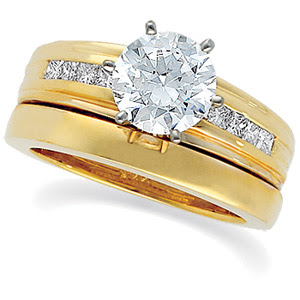Here at Camp & Sannino we lovvvve smart, stylish women. We feel akin to those who live freely, take risks and are living their truth.
One such woman has caught our recent attention, thanks to the fantastic article in Vanity Fair.
Agnès B. started designing clothes after a stint at Elle magazine where she was "hired as a junior fashion editor." She designed clothes for various design houses until she came to realize that designing for others soon "became boring." Opening her own shop in an obscure location in Paris, the renowned Agnès B. was born. She started making clothes inspired by workers' uniforms. Dyeing them different colors in her workroom, these uniform-like, all cotton clothes proved to be winners. So popular, in fact, people were buying them wet out of the dye vat.
The quintessential Agnès B. button cardigan
"She is not the least bit interested in hot trends or in fashion as a badge of class. Agnès designs, she has often said, for people who have more important things to do than shop till they drop." --VF
loving these boots!!
Where are your clothes made now?
In France as much as possible, but it’s a lot more expensive. A minute of work is 70 times less expensive in Thailand. And in Europe it’s way cheaper if you go to Czech Republic, Lithuania, or Romania. I would make much more money if I produced abroad, that’s what the others do. I recently found out that I order more than anyone else in France, and I only have 200 stores, not 2000! That goes to show that the other designers are simply not producing in France.
And you don’t advertise.
Yes, so our customers don’t have to pay for the adverts. I don’t advertise because of my connection to May '68. To me adverts are stupid and make people stupid. I don't like the manipulation. Now, there are adverts everywhere in Paris. You can’t look at the city in the same way.
(copied and forgot to cite: apologies!)
Agnès lives in a 6 bedroom villa which neighbors Versailles. She is one of the richest self-made women in France, and it is reported that she has no idea how much money she makes per year. She shares and gives, loves young people and art, her family and her work.
Perhaps the reason for the success of Agnès B. is her philosophy, which I believe is summed up here:
"my work is based on anticipation, I'm always thinking about the present and the future, I'm never nostalgic. I'm always wondering what is going to happen tomorrow. That’s just the way I am."
...and she wears very cool belts.











 Maria b best fashion and styles
Maria b best fashion and styles 































